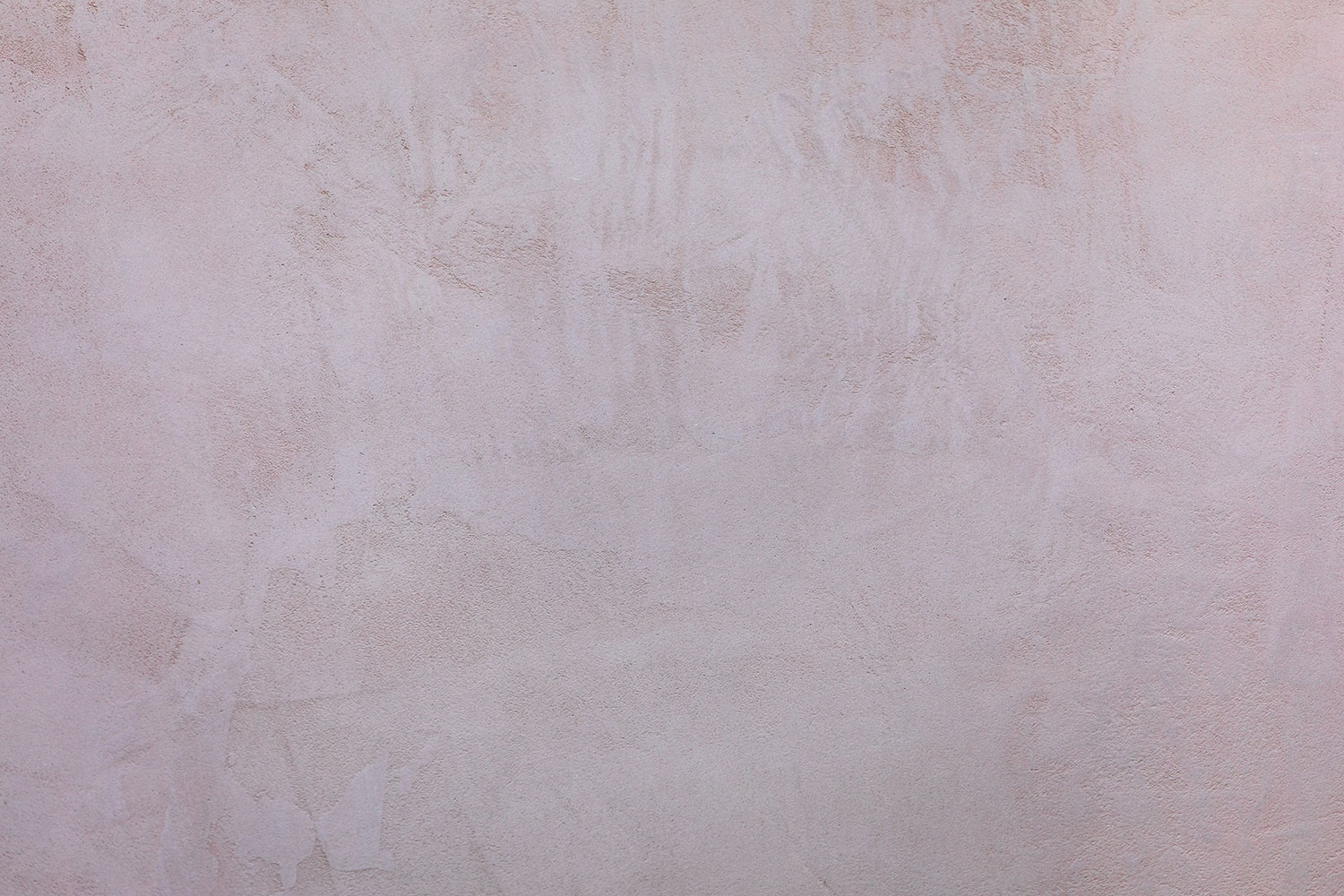Venetian Plaster
The Venetian plaster technique attributes its name to its very common usage during the Renaissance period in Venice. Drawing credibility from a 9000 year old unique plastering technique, this limestone based finish has made some incredible appearances in the architecture of Egypt, Italy and ancient Rome. Although the traditional Venetian plaster was multi-layered and produced a highly polished surface, now various textured finishes are available. Be it matt or sleek, smooth or textured, classic or contemporary, pigmented or whitened, the Venetian finish ticks all the right boxes in the department of versitality while ensuring that the materials are eco-friendly and the process is harmless to the environment.
What is it?
The process includes a base coat of slaked lime commonly known as lime putty and the subsequent layers include a fine marble dust or chips. Venetian plastering involves careful airing of each layer and the final layer is burnished or sanded to produce the famed ‘reflective finish’. Unburnished, the finish is matte, rough and translates to a more ‘au naturel’ aesthetic. These primary ingredients and processes have remained unchanged despite the turn of centuries and make this finishing technique a timeless work of hand-crafted art.
What’s it going to look like?
When it comes to the Venetian decorative finish, the possibilities are endless both physically and aesthetically. A sought out feature of the finish is its lightweight and sleek, smooth surface that reflects light and lends even small spaces an airy character. The ‘marbled finish’ is a dream come true at a fraction of cost and weight of actual marble. But rugged, matte textures and looks can also be achieved with this finish. A rough finish invites a soft, lived-in and earthy appeal to the space. This versatile finish can be enhanced with any imaginable natural or synthetic pigment and covers everything between bold, eye-catching colours and neutral, muted tones. The translucent finish renders a minimalistic and warm quality, draws focus to the vital elements of the space like accent furniture and enhances natural light and shadow.
Where can I use it?
The easy workability of lime plaster ensures that the Venetian finish can be used on walls, floors and ceilings, be it straight or curved surfaces. While it lends a bespoke rendering to stand-alone ‘statement’ surfaces, the finish is also highly practical for surfaces that are likely to get dirty or damp and spaces that experience heavy use. The water and humidity resistant feature of the finish also makes it apt for use on both interior and exterior surfaces. So yes, nothing is off-limits, from kitchen splash-backs to bathroom walls. Most materials with a porous surface work well with this finish including stone, bricks, concrete and even wood and tiles.
What else should I really know?
When it comes to durability and upkeep, the Venetian plaster has a winning advantage. The hard finish can withstand shrinkage and pressure while also being easy to clean and maintain. The unusual mix of pigments and resins ensure that the surface develops a beautiful patina as it ages, while not causing much need for repainting or repair. But any repair work can also be efficiently executed in patches and easily blended with the rest of the surface. The lime plaster lends a unique breathability to the surface and keeping them naturally mold and mildew free. A shout-out to superior air quality and non-toxic surfaces!


